The lanes are going to transition, and as a player, you need to have ways to adjust when it happens.
What are the indicators that tell you when to make an adjustment? What adjustment are you going to make?
Versatility is how you stay ahead of lane transition. In this article, you’ll learn different adjustments you can use when the oil pattern changes.
Making diagonal and abstract moves
Whether it happens three frames or two games into play, the lanes will transition and the great look you once had, will stop striking.
If you leave a 4 pin or a 3,6,10 spare on a good shot for a right-handed bowler, this is an indicator that it may be time to make an adjustment.
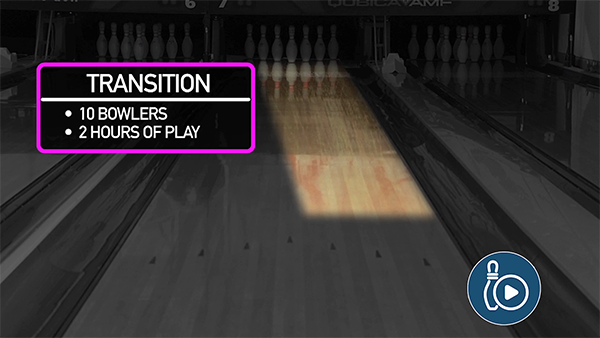
If your ball motion is good, you want to continue having that look. The key to continuing that look is to use the same breakpoint when you make an adjustment.
The breakpoint is where the bowling ball is furthest away from the pocket before making its move toward the headpin.
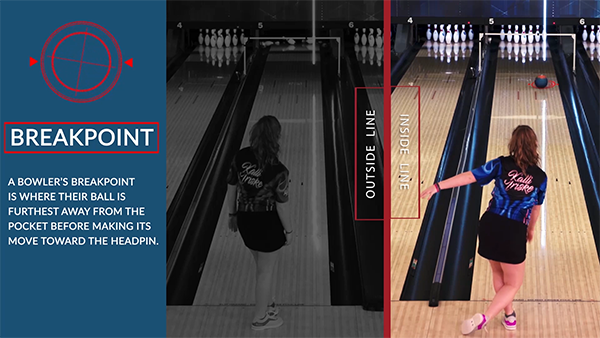
After you’ve diagnosed that it is the lane that has transitioned not you making physical game errors, it’s time to adjust your launch angle to get the bowling ball to go to the same breakpoint that’s been striking for you.
A diagonal move will accomplish just that. It consists of moving your feet two boards on the approach and one board with your target on the lane.
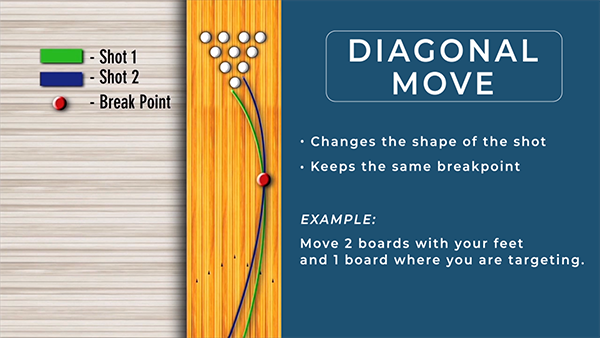
If you move just your feet and not your target you will change your launch angle. However, it’s impossible to hit the breakpoint down lane where you were once lined up. This is called an abstract move.
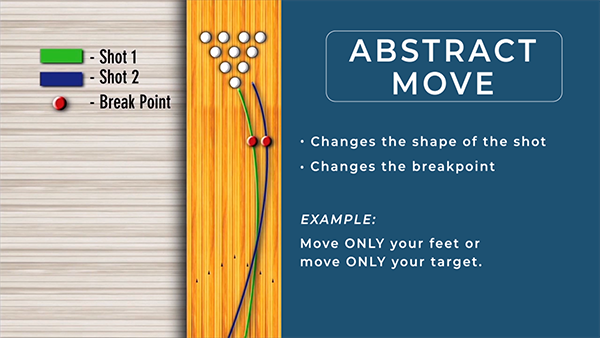
Keep a 2:1 ratio with your feet and eyes for future moves as the lanes continue to break down with the goal of getting the ball out to the same breakpoint you’ve had success with throughout your competition.
Increase speed
So, when you’re playing a more aggressive shorter pattern, it will have more friction because of its pattern length.
With lower volume and shorter distances, you’ll need to control the ball’s dynamics to keep it more in line to the pocket instead of actually going diagonally across the lane.
Another place to use this adjustment is when the lane is drying up. You can use this as a tool to keep the ball more on line.
This is how you increase your ball speed consistently.
From your normal ball speed starting position, move back 6-12 inches on the approach while holding the bowling ball lower in the stance.
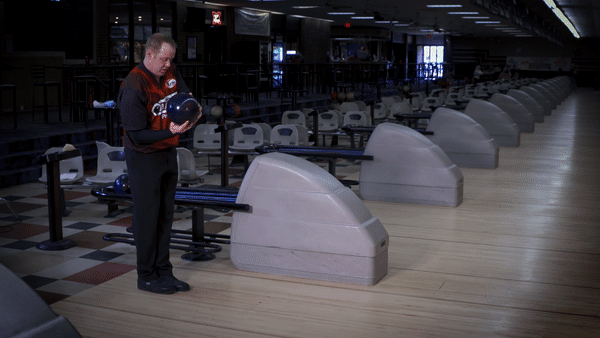
Foot speed dictates ball speed. If you want to throw the bowling ball faster your footwork tempo needs to be faster.
Decreasing speed
You’re going to use this more when you need to move in a little bit more and you need the ball to read a little bit sooner.
Longer oil patterns that have a high volume of oil are great examples of when you would want to decrease speed.
From your normal ball speed starting positions, move up 6-12 inches on the approach while holding the bowling ball higher in the stance.
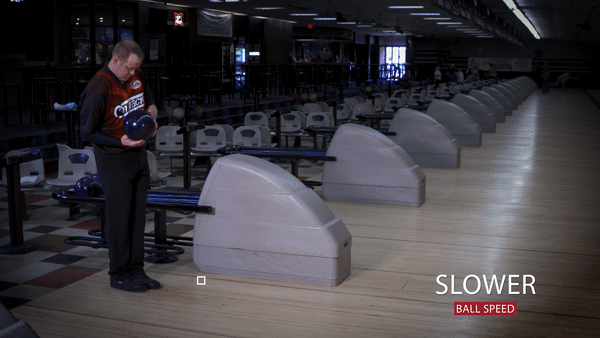
Foot speed dictates ball speed. If you want to throw the bowling ball slower, your footwork tempo should be slower.
Doing the two adjustments listed above will slow your feet, resulting in slower ball speed; and in this case, creates more right to left hook down lane than Scott’s normal ball speed.
Rotating axis rotation
Axis rotation is how much side rotation your bowling ball has while rolling down the lane.
You can alter your axis rotation by adjusting your hand position in the stance and release.
Minimal axis rotation happens when the bowling ball rolls more end-over-end, closest to 0º.
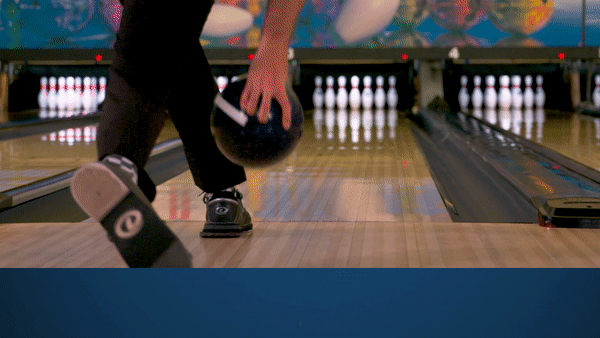
Less hooks get the job done, sometimes. In order to make the bowling ball hook less, you’ll want to make the bowling ball roll more end over end.
A good way to practice this at home is to use a softball. Start by putting the softball in the palm of your hand and release the ball with your hand up the back of it.

Maximum axis rotation is the most side rotation you can put on the bowling ball getting as close to 90º as possible.

Having more side rotation than your “normal” release helps hook the ball more. To make this happen, hold the ball all the way to the side and release. This will get your bowling balls’ axis rotation as close to 90º as possible.
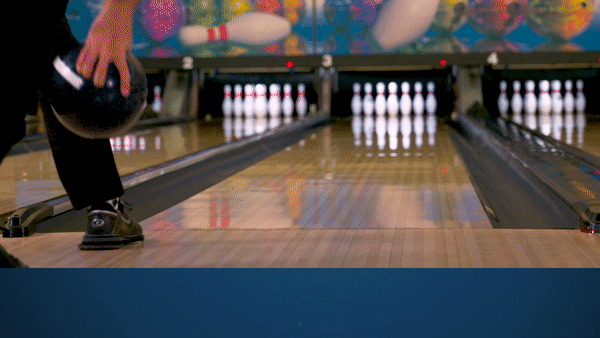
The goal is to get comfortable making these adjustments while understanding when to use them based on what the lane is telling you.
When you have more adjustment options to work with, you’ll see the scores increase. Versatility is everything in this sport.
Share tips, start a discussion or ask other students a question. If you have a question for the instructor, please click here.
Already a member? Sign in
No Responses to “How Bowlers Can Adjust as Lanes Transition”